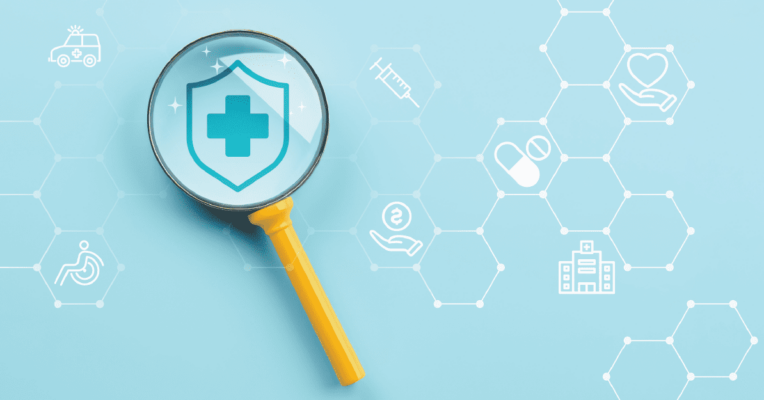Be Proactive: Tips for Securing Your Devices
Following the Equifax data breach last year, we discussed ways you could respond to such episodes and outlined practical steps to ward off potential identity theft. With concerns about online security ever-present, we wanted to share some best practices for securing your devices and improving the integrity of your online accounts.
Secure Your Devices: Personal Computer
Regularly update your operating system: Most major software companies regularly release updates or patches to their operating systems to repair security problems. You can minimize your exposure to attacks by keeping your computer updated. A best practice is to set your computer to receive automatic updates whenever possible.
Get up-to-date anti-spyware and antivirus software: Make sure you are running current software to catch any potential malware, such as ransomware, viruses, worms, Trojans, etc., that can infiltrate your computer and allow attackers to access your information or take it over. Run regular scans on your drives and any external/USB drives that you connect to your computer.
Always log out of your session: Online fraud can happen by moving from one website to another without logging out of a previous one. Always open a new browser instead of a window if you want to stay logged in where you are. Log out before closing your browser when you are finished.
Connecting to the internet: Connecting to your wireless network at home is convenient, but can introduce a large security issue for criminals to discover sensitive information. Make sure that your wireless SSID has a unique passcode so that only trusted individuals can access the network. Be wary when connecting to unknown/untrusted wireless networks in public areas such as in coffee shops, airports, or malls. Instead, use your mobile phone’s hotspot to get connectivity for your laptop.
Securing Your Devices: Mobile Devices
Lock your device: Most portable devices can be configured to auto lock and require a passcode. Use this feature whenever possible as the first line of defense.
Encrypt your data: Encryption can make the data almost useless to the person finding your laptop. It’s best practice to encrypt files and folders.
Use a screen guard: These can help prevent someone from seeing your screen and enable you to work with sensitive information in a crowded area.
Enable additional security on your smartphone and other mobile devices: Invest in software that will allow you to remotely erase sensitive information from a device that is lost or stolen. Locate and lock your phone or tablet using its GPS.
Be judicious when installing apps: With the ever-growing risk of malware designed to steal your personal and financial information, only install apps that you know are developed by a reputable company.
Be Proactive: Enhancing Your Online Account Security
Create a strong password and do not reuse passwords
- Minimum password length of 12 characters with a mix of uppercase/lowercase characters, numbers, and symbols
- Avoid using personal or easily attainable information such as a birthday, name, SSN, or pet’s name
Consider using a password management tool to manage these passwords, as it is more secure than using simple passwords or saving them in an unencrypted file.
Implement Multi-Factor Authentication (MFA, aka 2-factor authentication): When possible, activate MFA capabilities for your online financial accounts. This adds an additional layer of authentication in the event your login credentials are compromised.
Be on alert for phishing/social engineering attacks: Avoid clicking links/attachments that you receive from unknown email addresses. Fraudsters are becoming more and more sophisticated in trying to get you to respond with sensitive information, gain access to your computer, and/or login credentials.
Read more from our blog:





